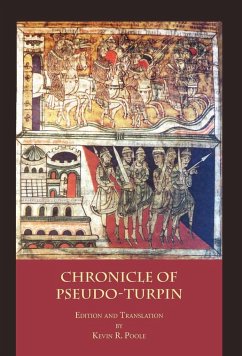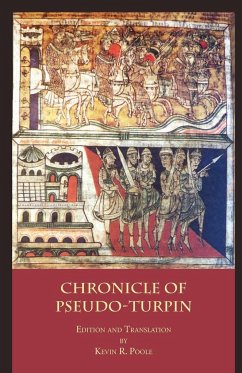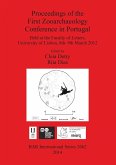The twelfth-century "Chronicle of Pseudo-Turpin," also known as the "History of Charlemagne and Roland," offers an "eye-witness" account of events during the late eighth century. Charlemagne's compatriot, Archbishop Turpin of Rheims, describes the miraculous appearance of Saint James to Charlemagne and the battles against the Muslims that he and Roland fought in Iberia as a result of this vision. The chronicle is one of the fundamental texts in the literary legend surrounding Charlemagne, Roland, Compostela and St. James. It served as source material for a large number of other chronicles as well as for French "chansons de geste" and other forms of heroic literature, including the Song of Roland. This Chronicle comprises Book IV of the "Liber Sancti Jacobi" (Codex Calixtinus), a twelfth-century manuscript from the archives of the cathedral of Santiago de Compostela, the burial place and shrine of St. James. This site, along with Rome and Jerusalem, was one of the three major pilgrimage destinations of the Middle Ages. This key manuscript also contains the "Pilgrim's Guide to Santiago de Compostela," the "Miracles of St. James" and the 'Veneranda dies' sermon (all previously published by Italica Press), a collection of liturgical texts and other sermons associated with the cathedral and its saint, and a series of letters surrounding the fate of the body of St. James and its burial in Spain. In his introduction to this first modern English translation of the chronicle, Kevin Poole investigates the issues of fiction, legend and authorship and the relationship between the false chronicle and its wider literary tradition. He also highlights the possible connections between the work and its contemporary political and religious environment. His introduction elucidates the differences between "textbook" history and the history created within the false chronicle. 178 pages with 10 illustrations. Introduction, bibliography, glossary, notes, index. First modern English translation. History, literature, cultural studies, Mediterranean studies.








